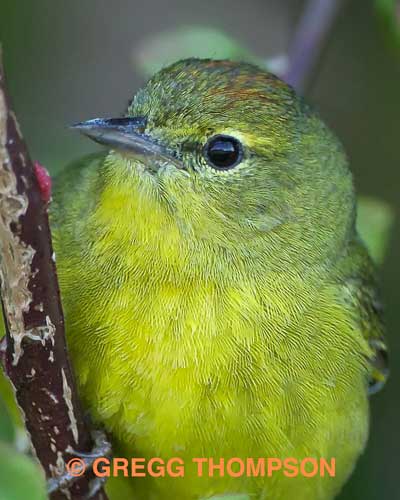The first essay, "A Song in My Heart," is about "a very common bird but with uncommon abilities to sing," Connie told us.
A Song in My Heart
March 27th, 2012
The Song Sparrows are tuning up their arias now that spring is here. It’s fun to listen to them rehearse. We have three especially notable soloists at the Fill this year. One practices on the edge of Boy Scout Pond. He pops up whenever I walk by, and gives me a sample of his progress. I always compliment him on his performance, but really, he is pedestrian compared to the virtuoso over at Kern’s Restoration Pond. This guy is good. He starts out with three introductory notes, followed by a series of sharp staccatos, ending with a trill of the sweetest music you will ever hear. I’ve heard him three times now. Whenever he appears on stage (a rose bush branch near the edge of the Loop Trail), he gives it his all, throwing back his head and opening his throat to pour forth his music. When he hits the staccato part, his whole head ratchets rapidly up and down, like a yodeler trying to reach across to the next mountain range.
After listening to his concert one morning this week, I hoped for an encore, but he was done for the day. Disconsolate, I wandered back to Wahkiakum Lane, still trying to hum a snatch of song (as Verde opera attendees were said to do back in the 1800s), only to encounter my third soloist of the day. I arrived in the balcony just in time to see him come onto stage. He fluffed up his feathers, shuffled his feet a little to gain a better stance, threw back his head, and let fly. Whhroowwkk! He sounded exactly like a Whoopie cushion. “That can’t be right,” I said to myself, and shook my head back and forth to get rid of any cottonwool that might have lodged in my ears. The maestro took another breath and, “Whhoooophpht!”
How he expects to get a girl when he’s competing right next door to Plácido Domingo beats me.
And the second essay by Connie, titled "Survival of the Fittest" is about an Orange-crowned Warbler that has been hanging out in the swamp all winter long. Connie told us "He's out of place - he should be in the south. But here he is, and here he has stayed."
Survival of the Fittest
April 2nd, 2012

Yesterday, I saw a flash of yellow on the edge of Yesler Swamp, in a tree covered with last year’s fluffy white seed balls. I’ve been noticing yellow more as the sun has decided to appear again in our cloudy, gray skies. But this was no glint of sunlight. It was an Orange-crowned Warbler, looking bright and newly fledged in breeding plumage.
It was weeks too early for such a warbler to be here, however. In fact, it was weeks too early for me to be out birding in just two layers of thermal clothes. I needed three or four, at least. The wind was howling, the trees were thrashing, and ice had only recently retreated from my windshield. Spring is definitely on the way, but winter is still putting up a fight. It was bitterly cold, and I was huddled in my car with the heater going full blast.
“Ah, that’s our overwintering guy,” I said to Alex MacKenzie, my birder friend who was spreading her hands in front of the car’s heat vent, trying to restore circulation. She had tried to walk the Loop Trail in this winter storm and had made it as far as the Dime Lot, when she saw my car and hustled over to get rescued.
Every now and then, a summer warbler elects to stay in Seattle all winter, instead of migrating south with everyone else. It’s a hard life for an insect-eating bird, especially when relentless rain and snow kill all the insects.
I had first seen this little Orange-crowned toughie back in December, foraging for frozen insects along the fence that borders the western edge of the swamp. Birders have reported seeing him near here for weeks now, but I had not been able to find him again. Now here he was, feisty as ever, the Ernest Shackleton of avians. A survivor.


No comments:
Post a Comment